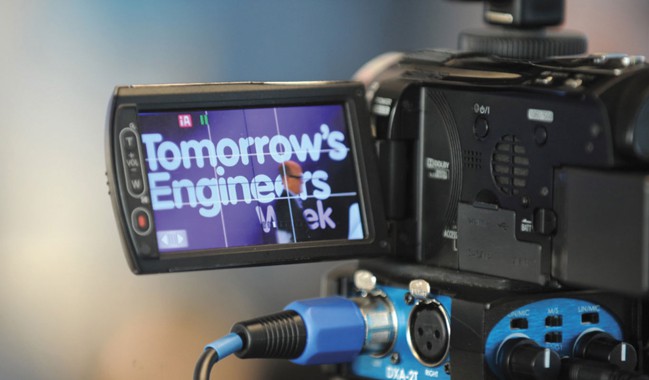The way engineers are represented online is putting girls off the industry and contributing to the ‘leaky talent pipeline’. Within engineering, we do a pretty good job of using a range of images across both genders, but elsewhere, many images reinforce the gender stereotypes that we’re trying to overcome.
In analysing engineering-related images from across over 70 popular websites EngineeringUK found that many reflect outdated gender stereotypes. The vast majority of online ‘people pictures’ related
to engineering depict men (as high as 85 per cent for search engines), though only four in 10 include a woman. Stock image sites and search engines are lagging behind other sites on gender balance. Image searches for the term ‘engineer’ found just 26 per cent of search engine results featured women and 25 per cent of stock images contained female engineers.

Does it really matter? Yes, particularly when you know that in a survey of 11 to 16 year olds, 28 per cent of girls say the images they see online are too male orientated. If young girls don’t see women when they see engineering online we’re going to struggle to encourage them into the industry.
If a picture is worth a thousand words, it is extremely worrying that this gender bias (cyber sexism?) is rife when it comes to the depiction of engineers on websites used by young people.
We spend a lot of time explaining how engineers shape the world we live in and are behind many of the amazing everyday things we take for granted.
Part of our messaging for young people generally and particularly during Tomorrow’s Engineers Week is that engineering is a broad and exciting industry that offers a wide range of career opportunities. Some of those roles will see people in hard hats, but many won’t and that’s another area where online images can be particularly unhelpful.
One-fifth of images covered in our research feature the stereotypical hard hat – bolstering out-dated opinions that engineering is only about men in hard hats working on building sites as opposed to the full range of careers available to young people today. We need engineers across the board and many of those roles require a hard hat or hi-vis jacket.
In the next decade, employers will need 1.82 million people with engineering skills, meaning we need to double the number of apprentices and graduates entering the industry.
Almost a third (29 per cent) of all those surveyed believe that the images used to represent engineering are not relevant to them. We cannot afford to lose would-be engineers by carelessly reinforcing stereotypes and not showing the full scope of exciting careers available.
Universities are the best at portraying greater gender balance, with 53 per cent of university images including a woman; and the research also showed that engineering companies and industry bodies are better than average at demonstrating a gender mix in the workplace. But, with almost one in 10 (seven per cent) girls saying that images they’ve seen online have put them off a career in engineering we need that balance to be much more widespread that it is currently.
We need to inspire, not discourage, young people to consider engineering as their future career. Showing them images of people they can relate to is important if we are to encourage them into the industry. We can’t change this overnight but we can work together to boost the variety of engineering images we all use online.
Paul Jackson is chief executive of EngineeringUK










Water Sector Talent Exodus Could Cripple The Sector
Maybe if things are essential for the running of a country and we want to pay a fair price we should be running these utilities on a not for profit...